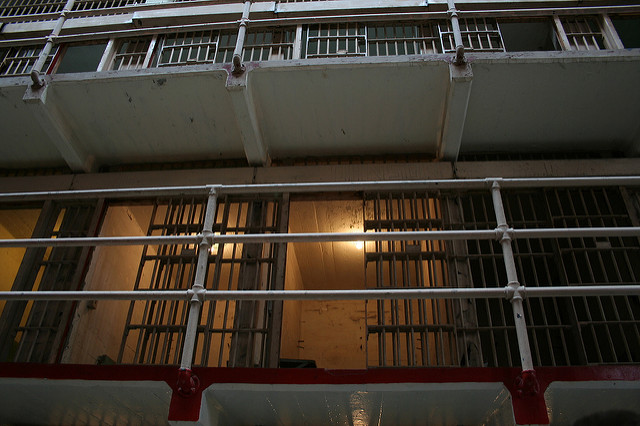Archives
R Programming and the New Epidemiologists
Posted on August 11, 2018 3 Comments

When I started working as an epidemiologist at a state health department, one of the most often used tools was the Microsoft Office Suite of programs. I used Excel for data analysis and visualization, Access to create and manage databases, Power Point to create presentations, and Word to create reports. Nevertheless, I’ve always been an […]
The Places Where People Are Not Exercising For Some Reason
Posted on July 3, 2018

It’s amazing what you’ll find when you dive into data. Using information from Strava and the US Census bureau, I’m pretty sure we can see the inequity in exercise between whites and African Americans in at least two cities in the United States: St. Louis and Baltimore.
The Sadness of It All
Posted on May 10, 2018

When I was in high school, I participated in a magnet school program called Health Occupations Students of America. The program was aimed at attracting high school students who were looking for a career in, you guessed it, health occupations. Of course, most of the kids in the program wanted to be physicians or nurses. […]
The “Militarization” of the Johns Hopkins University Campus
Posted on March 11, 2018 4 Comments
There’s a bill in the Maryland State Assembly that will allow Johns Hopkins University to have its own police force. From The Baltimore Sun: “The legislation already has the backing of several Baltimore lawmakers, who said it will increase safety in the city without costing taxpayer dollars. Hopkins officials said Monday in a message to […]
Epidemic Curves and Homicide Counts in Baltimore
Posted on February 12, 2018
One of the tools that we use in the investigation of outbreaks is the epidemic curve, or, as we say in the biz, the “epi curve.” An epidemic curve is a simple graphical representation of the number of cases per a unit of time over a span of time. For example, you could graph the number […]
The Imbalances of Violence
Posted on February 4, 2018 6 Comments
There’s a theory in criminology called the “Routine Activities Theory.” The theory posits that there are three factors that figure into whether or not violence happens in a particular place and time, and how much violence happens. The three factors are targets, guardians and villains (aka “motivated offenders”). I’ll explain the factors a little more […]
Respect the Police, or Be Killed
Posted on December 9, 2017

Take a look at the slide being presented in this story from The Baltimore Sun: It reads: “If you are stopped, questioned, or detained by a law enforcement official: Approach him or her with respect. Retain your composure and conduct yourself in a mature manner. Avoid any action or language that might trigger a more volatile […]
A Quick Geographical Analysis of Homicides in Baltimore Before and During the Current Homicide Epidemic
Posted on November 16, 2017

There was a lot of police movement yesterday as I headed home. By the time I did get home, I found out via the news that a homicide detective had been shot in the head. His condition is very severe, and the prognosis is poor according to all reports. What a lot of people — […]
Is Prison a Protective Factor for Homicide Victimization?
Posted on October 28, 2017

As I’ve been working on my doctoral dissertation, I’ve come across a few interesting homicide cases in Baltimore. They’re interested in that the victims had a chance to avoid being at the place and time when they were killed. They had that chance because of their own criminal activity. In essence, they should have been […]
When and Where Matter in Understanding Violence in Baltimore
Posted on July 31, 2017

If you been paying attention, Baltimore has been in the grip of an epidemic of violence going on two-plus years now. If you look closely at the crime statistics, you’ll see that there was an increase in the rate of homicides per day starting around March or April of 2015. The riots/uprising/call-it-what-you-will that happened at […]